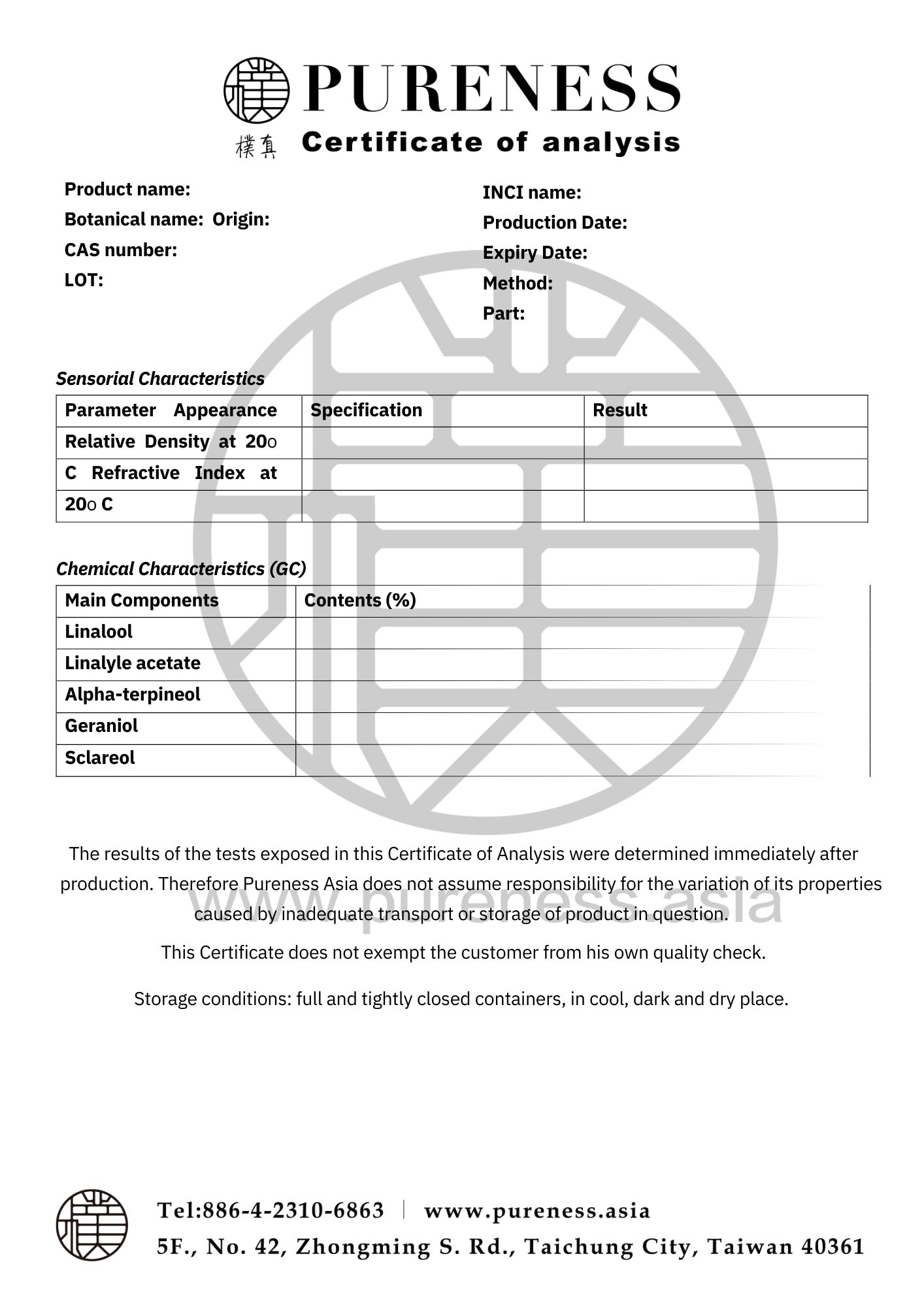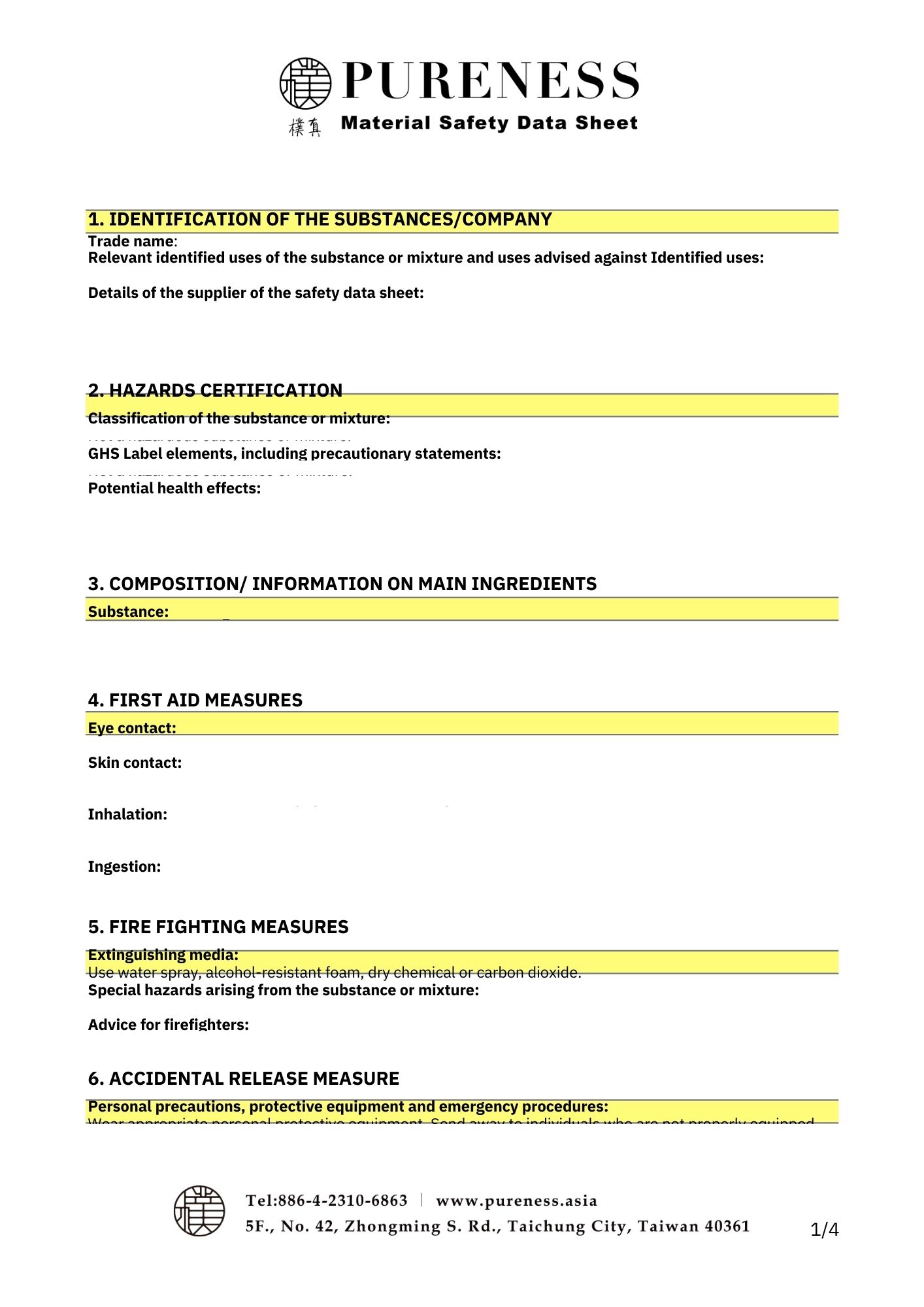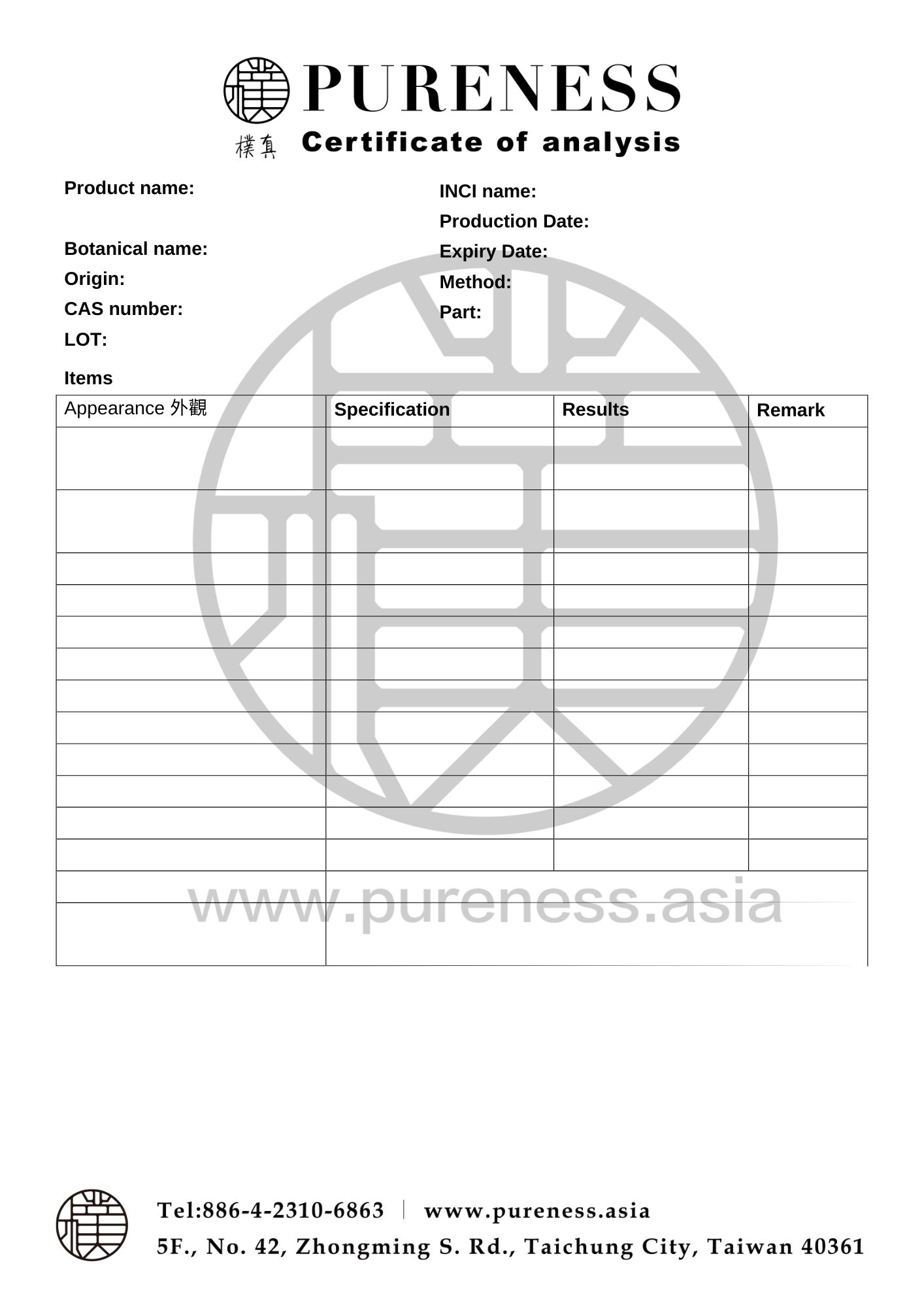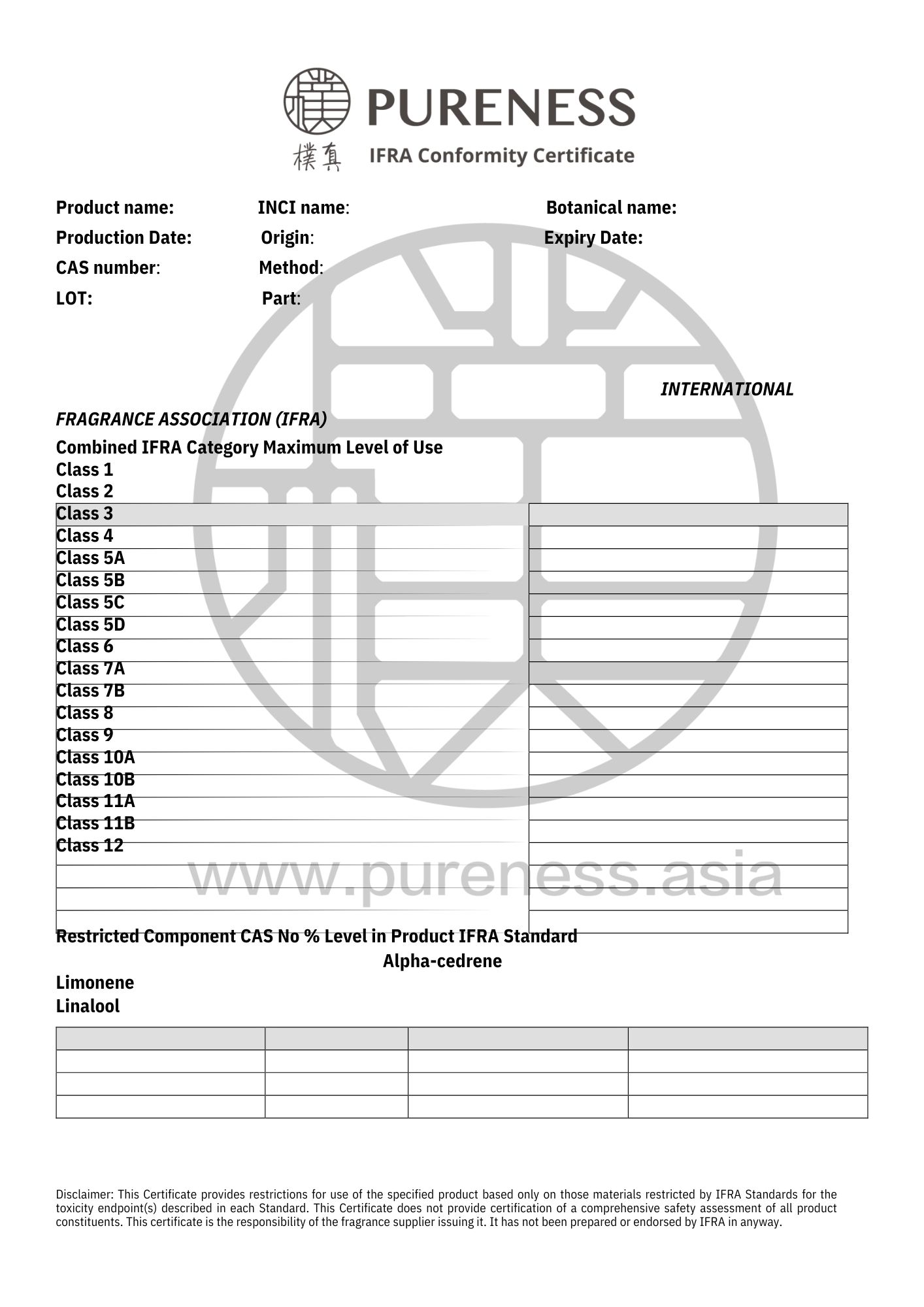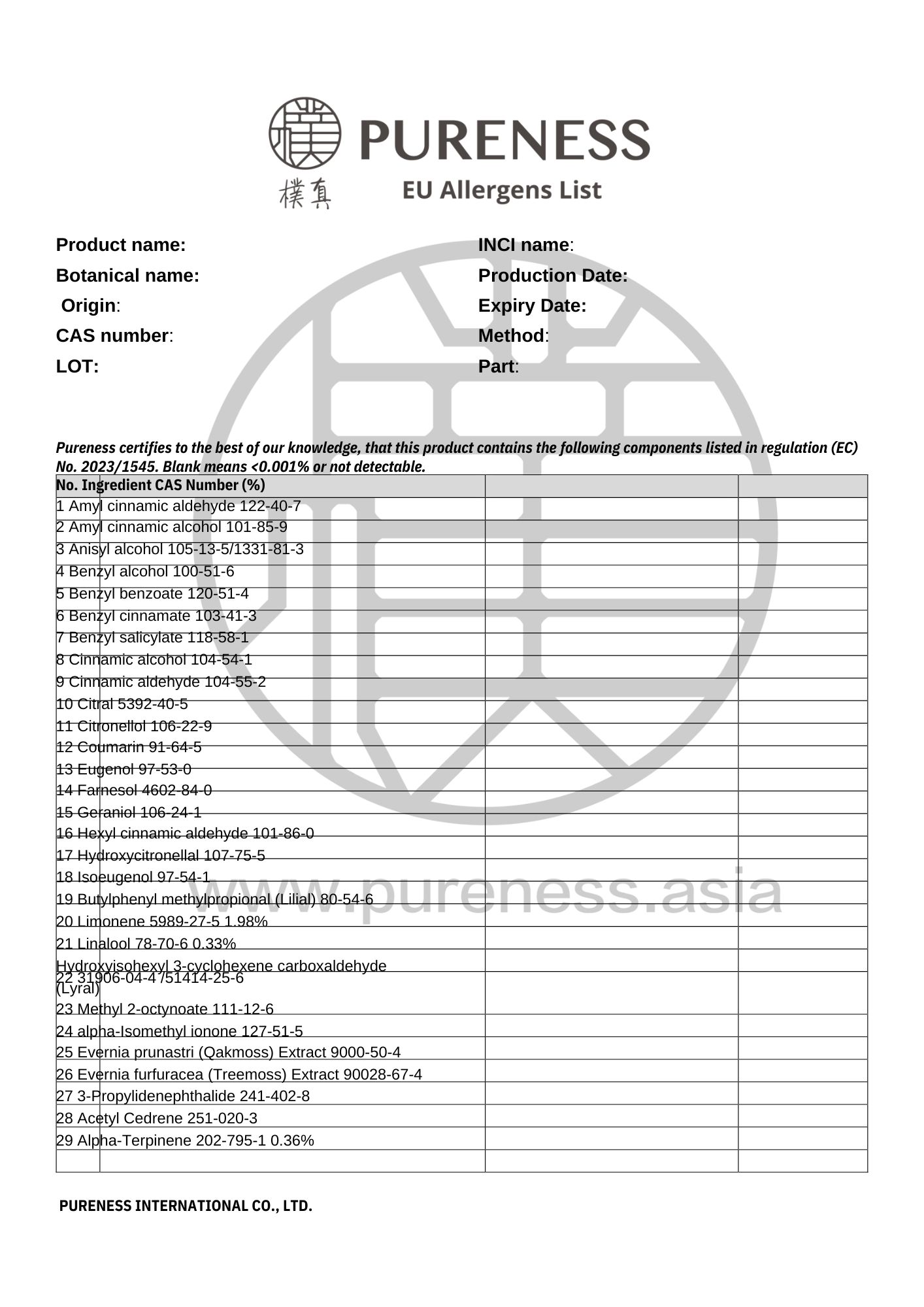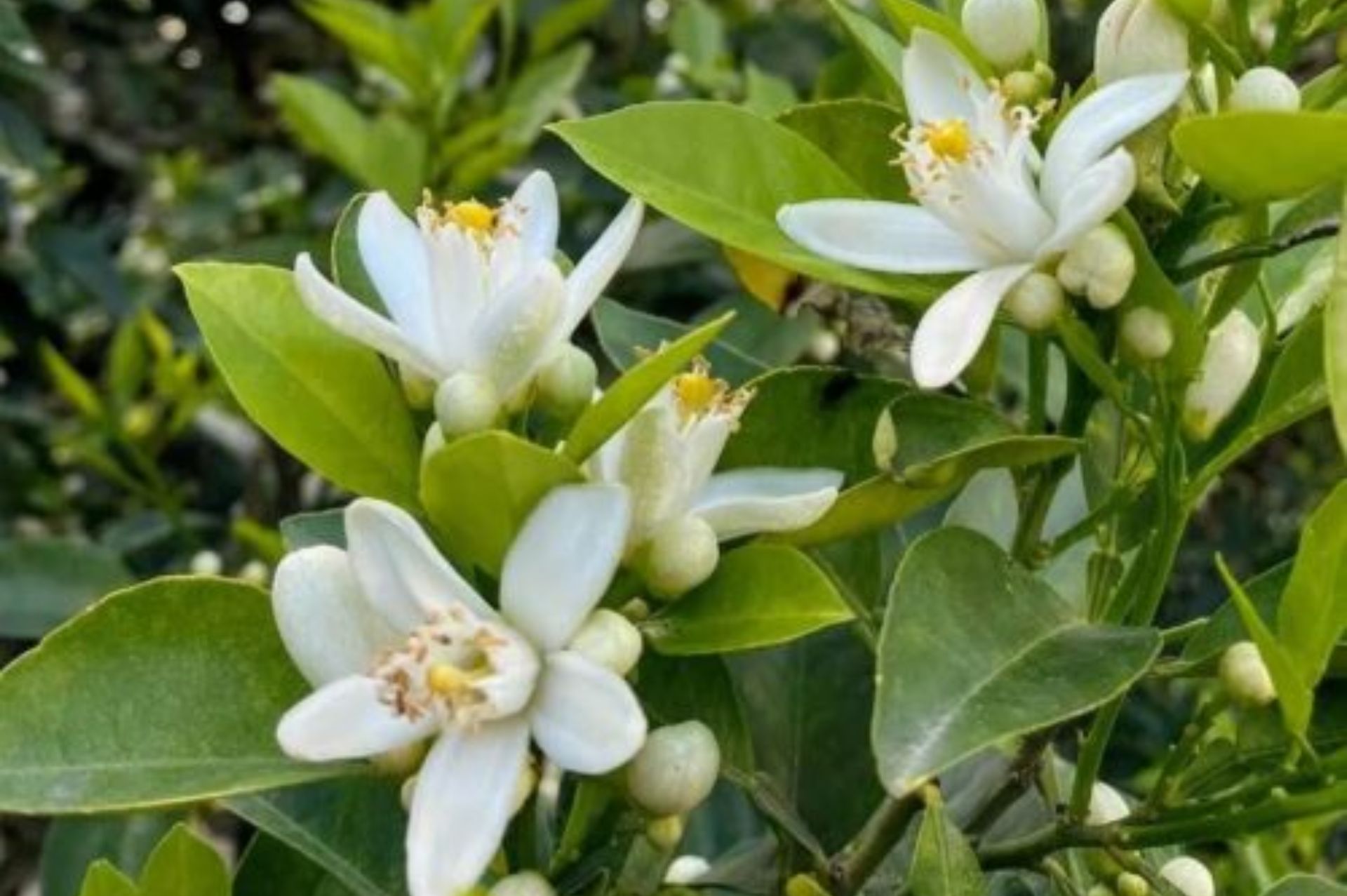
Neroli
Scientific name|Citrus Aurantium
Origin|Egypt
Classification|Flower series
Specifications|500g-25kg Please contact sales for details
Extraction part|Flower
Extraction method | Distillation
Plant family|Rutaceae
Aroma|Soft floral scent with some citrus notes
▎Essential Oil Introduction
The environment near the Mediterranean region of Egypt is characterized by unique soil formed by volcanic eruptions, rich in minerals, which is suitable for plant growth. Ample sunlight enhances the quality of the flowers and highlights their efficacy. The Mediterranean region is often characterized by gravelly soil with high alkalinity, giving the Neroli a slight bitterness but with a more balanced effect.
The orange tree, from which essential oils can be extracted, is mainly divided into Bitter Orange and Sweet Orange. Essential oils produced from Bitter Orange trees, whether from the fruit, leaves, or flowers, are of higher quality and have superior efficacy. Bitter Orange flower essential oil, with its slight bitterness and spicy characteristics, is an excellent choice for perfumes.
▎Component Analysis
|Main Components:Monoterpenols, Monoterpenes, Esters
Neroli essential oil, obtained through distillation, consists mainly of monoterpenols, monoterpenes, and esters. The primary components include (R)(-)-Linalool (also known as Linalool), limonene, and linalyl acetate. Other components include β-caryophyllene, α-terpineol, β-pinene, geranyl acetate, and others, such as nerolidol, nerol, farnesol, neryl acetate, and indole.
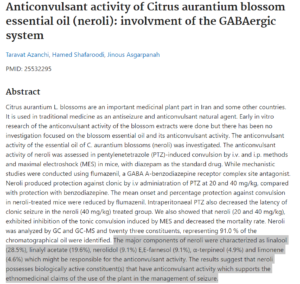
▸ The main components of Neroli are linalol (28.5%), linalyl acetate (19.6%), nerolidol (9.1%), E-farnesol (9.1%), α-terpineol (4.9%) and limonene (4.6%).
|Component 1:(R)(-)-Linalool
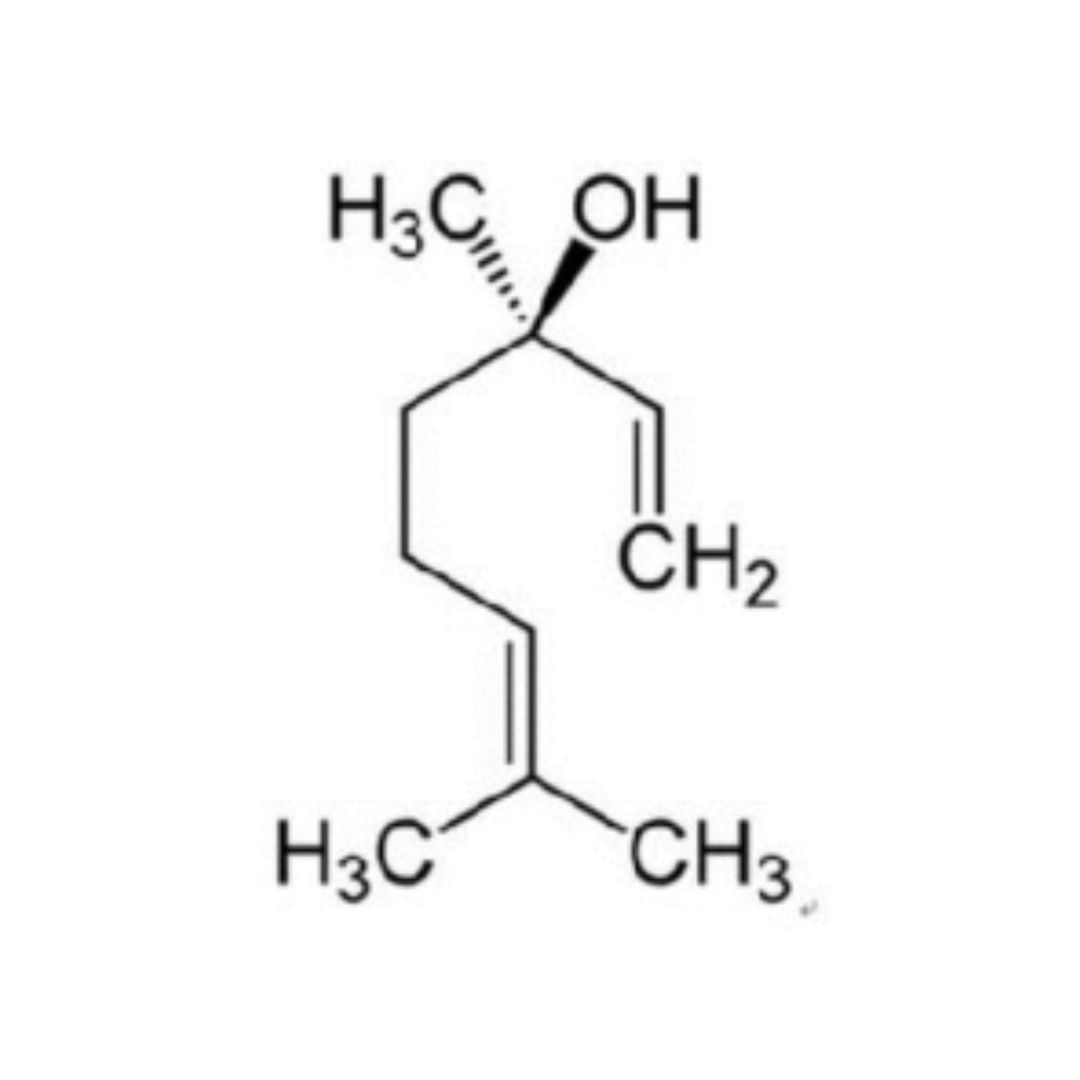
▸ The chemical structure of (R)(-)-Linalool.
|Component 2:Linalyl acetate
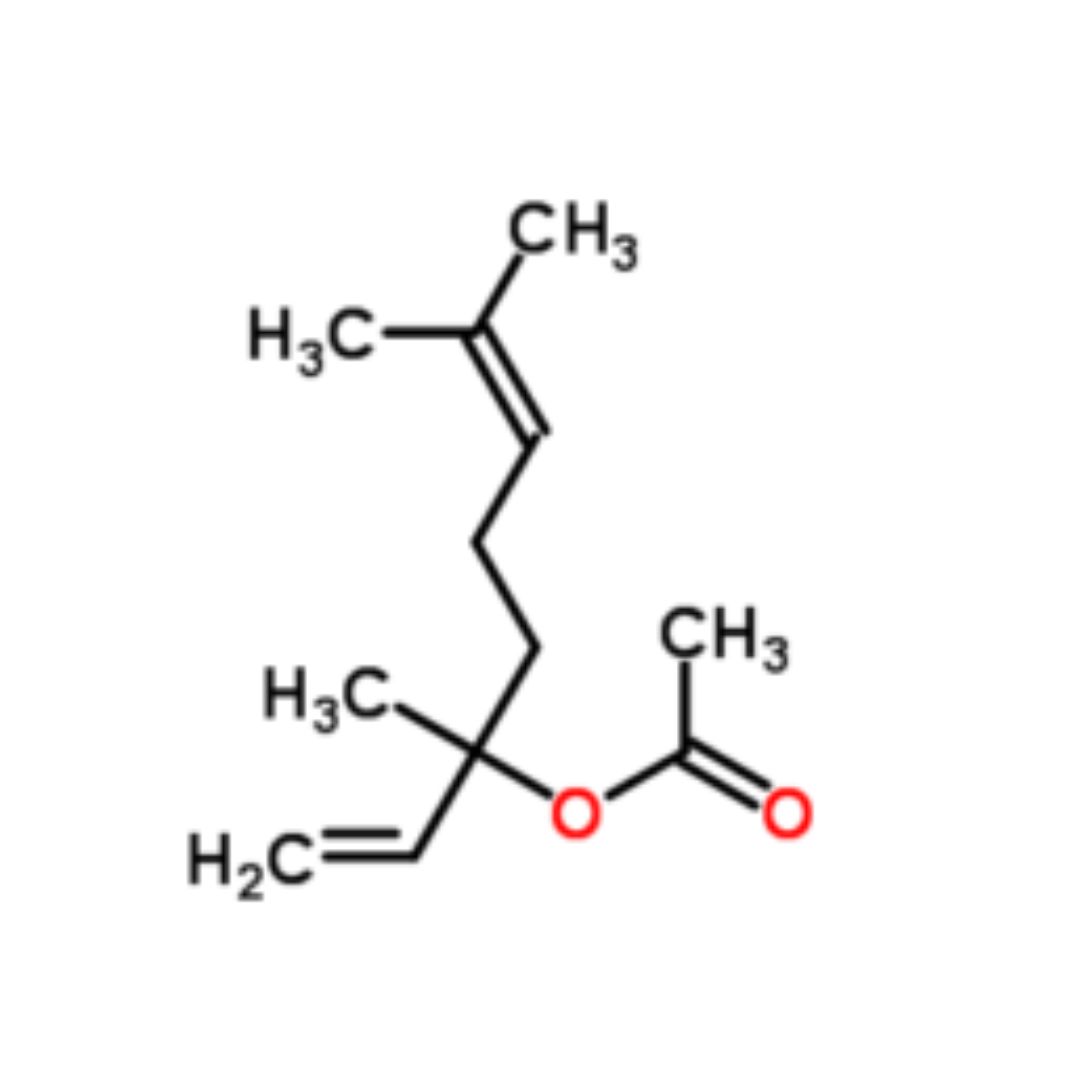
▸ Its effect is to relax, soothe, and restore balance to the physical and mental state. It is an important raw material for formulating fragrances such as bergamot, orange leaf, lavender, and mixed lavender.
|Component 3:Nerolidol

▸ Nerolidol is the main component of many plants.
|Raw Material Certifications
To obtain relevant certification information, please contact us on WhatsApp.
▎References
- Bora H, Kamle M, Mahato DK, Tiwari P, Kumar P.Citrus EssentialOils (CEOs) and Their Applications in Food: An Overview. Plants (Basel). 2020Mar 11;9(3):357.
- da Fonsêca DV, da Silva Maia Bezerra Filho C, LimaTC, de Almeida RN, de Sousa DP. AnticonvulsantEssential Oils and Their Relationship with Oxidative Stress in Epilepsy.Biomolecules. 2019 Dec 6;9(12):835.
- Salehi B, Armstrong L, Rescigno A, Yeskaliyeva B,Seitimova G, Beyatli A, Sharmeen J, Mahomoodally MF, Sharopov F, Durazzo A,Lucarini M, Santini A, Abenavoli L, Capasso R, Sharifi-Rad J. Lamium Plants-AComprehensive Review on Health Benefits and Biological Activities.Molecules. 2019 May 17;24(10):1913.
- Dosoky NS, Setzer WN.Int J Mol Biological Activities and Safety of Citrus spp. Essential Oils.Sci. 2018 Jul 5;19(7):1966.
- Mirzaei-Najafgholi H, Tarighi S, Golmohammadi M,Taheri P. The Effect of Citrus EssentialOils and Their Constituents on Growth of Xanthomonas citri subsp. citri.Molecules. 2017 Apr 14;22(4):591.
- Anticonvulsant activity of Citrus aurantiumblossom essential oil (neroli): involvment of the GABAergic system. Nat ProdCommun. 2014 Nov;9(11):1615-8.
- Khodabakhsh P, Shafaroodi H, Asgarpanah J. Analgesic and anti-inflammatory activitiesof Citrus aurantium L. blossoms essential oil (neroli): involvement of thenitric oxide/cyclic-guanosine monophosphate pathway. J Nat Med. 2015Jul;69(3):324-31.
- “Structural characterization and antioxidantactivities of polysaccharides from Citrus aurantium L,” International Journalof Biological Macromolecules, vol. 67, pp. 112–123, 2014.
- Chemical composition and in vitro antimicrobialand antioxidant activities of Citrus aurantium l. flowers essential oil (Nerolioil). Pak J Biol Sci. 2012 Nov 1;15(21):1034-40.
- Phenolic compounds characterization and biologicalactivities of Citrus aurantium bloom,” Molecules, vol. 17, no. 2, pp. 1203–1218,2012.
- Evidence of the sedative effect of neroli oil,citronellal and phenylethyl acetate on mice. Journal of Essential Oil Research,4(4), 387-394.
- Inhalation of Neroli Essential Oil and ItsAnxiolytic Effects.” Journal of Complementary and Integrative Medicine 5 (1)
- Nogueira de Melo GA, Grespan R,Fonseca JP, Farinha TO, Silva EL, Romero AL, Bersani-Amado CA, Cuman RK. Rosmarinus officinalis L. essential oil inhibits in vivo and in vitroleukocyte migration.J Med Food. 2011Sep;14(9):944-6.
|Some images sourced from the internet. Contact for copyright removal|
